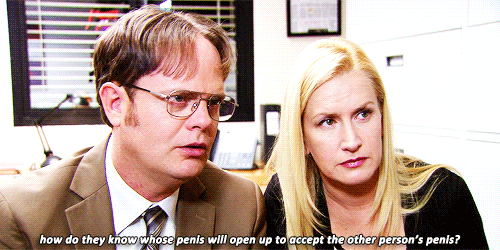Ok, since justin was begging for new threads, I decided to create one on the areas I am fairly well versed in.
I will not allow/discuss anything political. I can discuss climate change (most controversial science topic I can think of) but will stick to science and not opinion/politics in that one.
So, I can do this one of two ways. I present a topic I think is interesting and give the science/math behind it first then answer questions?
Or, just start with questions that have ever bothered you and you wondered how things "work"?
If its physics, chemistry, mathematics, etc its all fair game. I am not/was not very good at biology, so I know "enough" but probably not much more than the rest of you.
If you want a background so you know what I am "capable" of discussing/explaining here goes:
BS in Chemical Engineering (think an even mixture of chemistry and physics with heat transfer, fluid flows, etc).
BS in Applied Mathematics (everything from computer programming to solve math/engineering problems to modeling real world situations with math equations)
MS in Chemical Engineering
Taught college level calculus and pre-calc classes while working on my masters in ChE.
Have worked the last 20 years directly in industrial R&D and furnace design to help efficiencies and emission lowering from large scale combustion systems (industrial furnaces).
So, I will add a quick poll to see if anyone is more interested in topics of my choice or just scientifically answer your questions (like, the science behind a curve ball)


